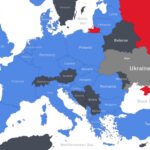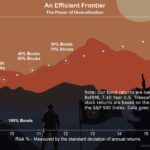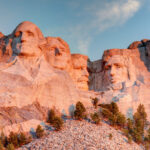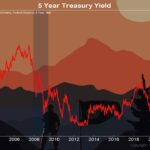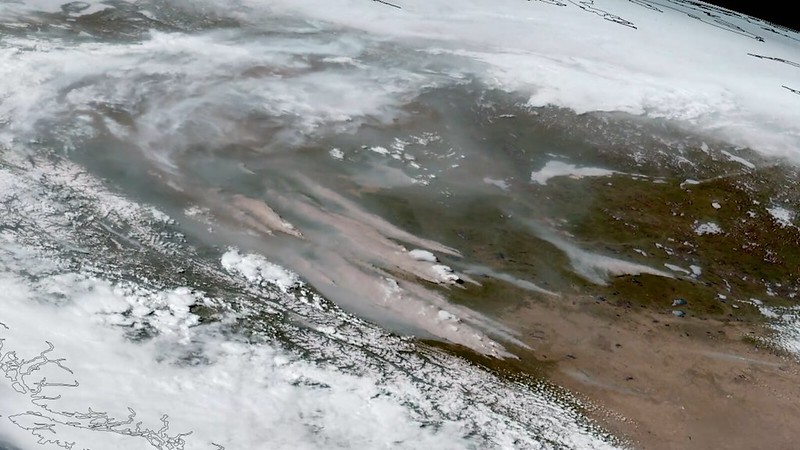
GOES-18 (GOES West) GeoColor imagery showing the smoke from wildfires raging in western Canada. In early May 2023, fires ignited across western Canada due to unusually hot and dry weather. NOAA satellites watched as the fires raged, burning about one million acres. GOES-18 monitored the spread of the fires and smoke across the region. The ABI instrument on GOES-18 observed the formation of pyrocumulonimbus clouds from intense fires in Alberta. Photo coutesy of NOAA Satellites.
A Perfect Storm
Boreal forest fires (northern Quebec) are not unusual occurrences. What was unusual last week was a sudden wind shift that fueled a smoky pall into New York and New England. NYC was blanketed not only with orange smoke, but lots of climate-change shinanigans.
Professor Clifford Mass at the University of Washington reports in the WSJ: Unusual atmospheric circulation resulting in wildfire ignition and rapid growth coupled with an intense low-pressure area all intensified the push into the New York area.
Fire is not rare in this region, Clifford Mass unabashedly lectures.
The ecology of these forests relies on fire for the release of seeds and forest health. Many of the major boreal fires occur during a narrow temporal window from mid-April through early June, just after the winter snow has melted and before grasses and other small plants grow, reducing flammability. During this short window, the dead vegetation from the previous year can dry out sufficiently to burn if there is an ignition source such as lightning or errant human activity.
Climate Change Not the Culprit
Also not surprising is that many of the great Quebec fires have occurred during the spring. Recent examples are the May 2010 fire that spread massive amounts of smoke into New England and the May 1870 Saguenay fire, which spread smoke as far as the British Isles. George Washington even noted in his diary the one that occurred on May 19, 1780, reaching as far south as Morristown, New Jersey.
Large boreal forest fires during the spring in Canada are neither unusual nor a sign of climate change.
The fires this month began on June 2, as hundreds of lightning strikes ignited vegetation dried by nearly a week of unusually warm weather. The weather prior to the warm spell wasn’t unusually dry, with the Canadian drought monitor showing normal moisture conditions and temperatures near or below normal.
As high pressure built over Canada in late May, early June witnessed a warming and drying for several days. Light surface fuels (grasses) were ready to burn. All that was needed to “start a fire was an ignition source, which occurred in early June when a lightning storm associated with low pressure struck.”
Professor Mass continues in the WSJ, “The lightning ignited numerous fires and the low-pressure center’s circulation produced high winds that stoked the fires, resulting in rapid uncontrolled growth.”
Even worse, as the low center pushed south and intensified east of New York, it produced persistent strong winds from the northwest, moving the Quebec smoke into the New York metropolitan area.
Professor Mass has published extensively on the meteorology of major wildfires. He has studied the effects of climate change on atmospheric circulation and has received funding from the National Science Foundation and U.S. Forest Service for research dealing with wildfire meteorology.
Dead and Dying Trees Rot Out
Starting on May 27, an area of high pressure built over south-central Canada, warming, and drying the area for several days into early June, reports Prof. Mass.
With the light surface fuels, such as grasses ready to burn, all that was needed to start a fire was an ignition source, which occurred in early June with a lightning storm associated with low pressure.
The lightning ignited numerous fires and the low-pressure center’s circulation produced high winds that stoked the fires, resulting in rapid uncontrolled growth. Even worse, as the low center pushed south and intensified east of New York, it produced persistent strong winds from the northwest, moving the Quebec smoke into the New York metropolitan area.
With several independent elements occurring in exactly the right sequence, reports Mass, “it’s difficult to find any plausible evidence for a significant climate-change connection to the recent New York smoke event.”
The preceding weather conditions over Quebec for the months prior to the wildfire event were near normal. There is no evidence that the strong high pressure over southern Canada that produced the warming was associated with climate change, as some media headlines claim. In fact, there is a deep literature in the peer-reviewed research that demonstrates no amplification of high- and low-pressure areas with a warming planet.
There are steps that can be taken to help minimalize forest fires through better forest management, offers Steve Miller, publisher of JunkScience.com at The Spectator.
- Build wilderness roads to access burning forests.
- Allow more logging and thinning to facilitate forest growth.
- Practice controlled burns in needed areas.
What is still to be answered: will Professor Mass be canceled for the sin of offending the politically correct narrative of global warming? Because of his unorthodox views on climate change, will he have to kiss all his studies goodbye?
Stay tuned.
If you’re willing to fight for Main Street America, click here to sign up for the Richardcyoung.com free weekly email.

